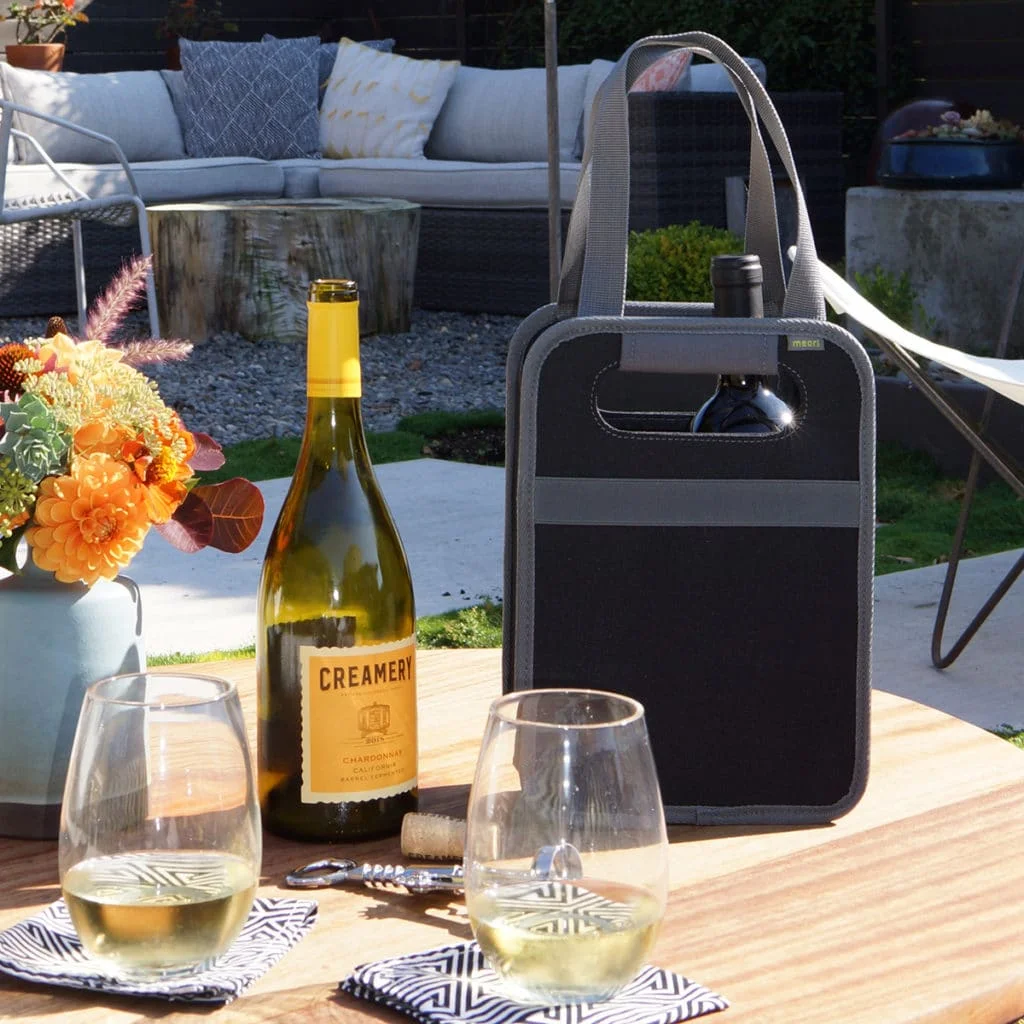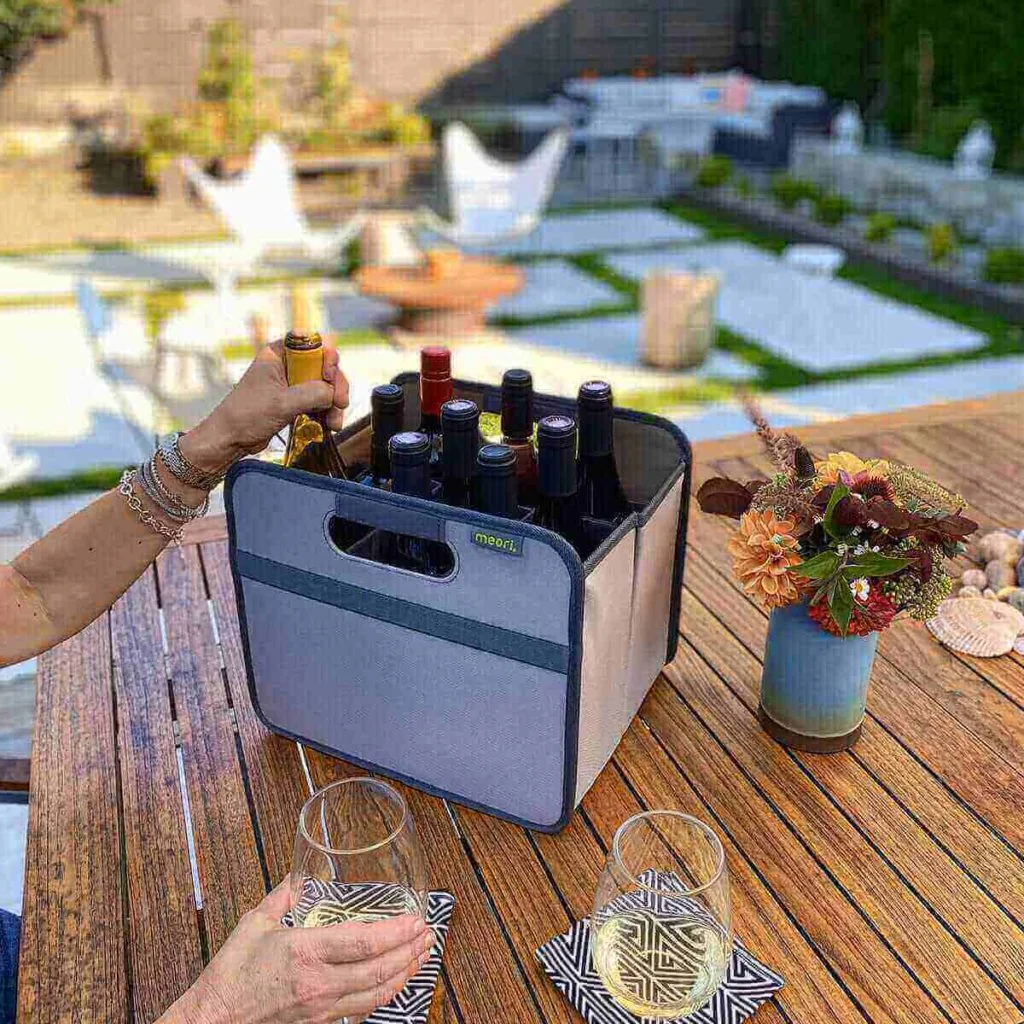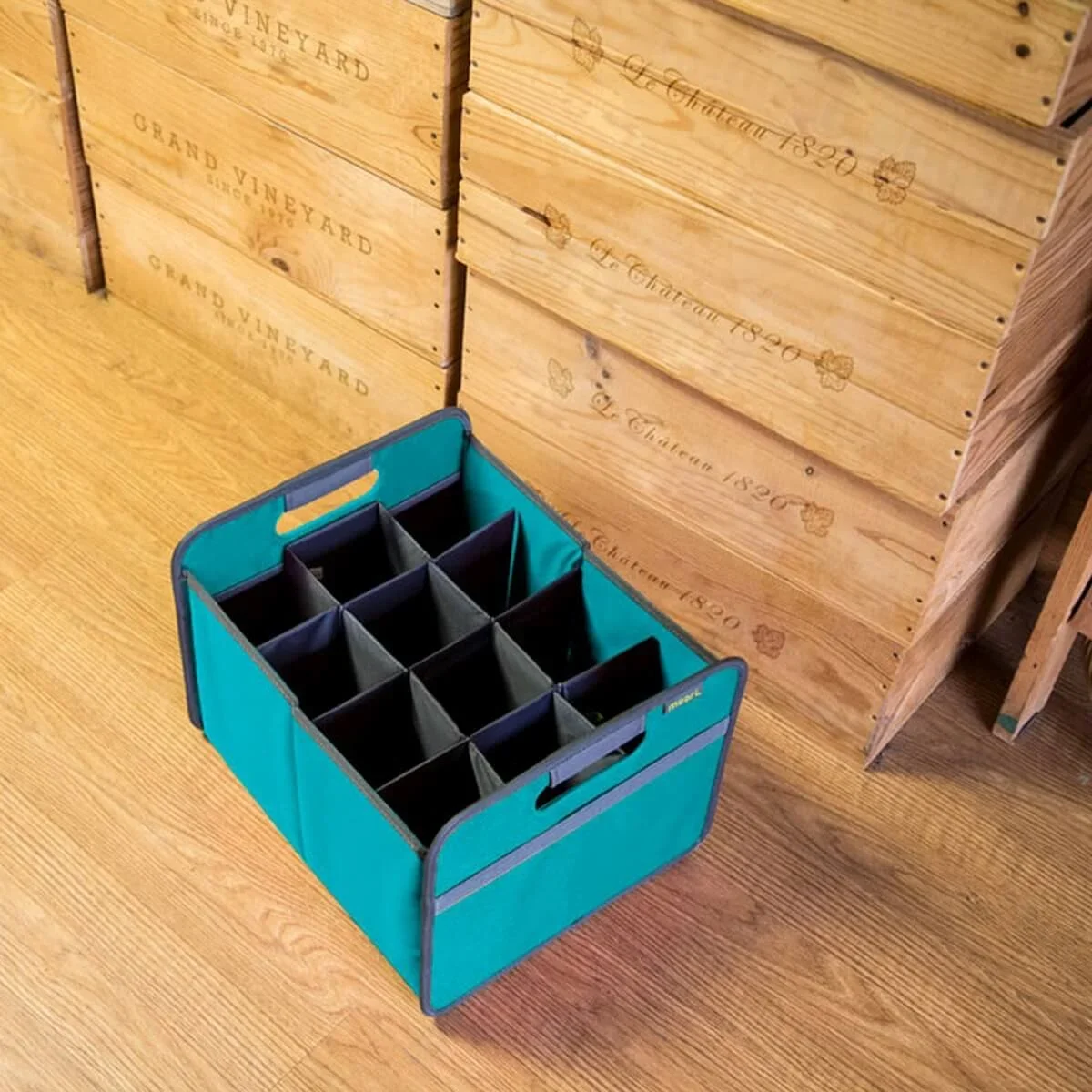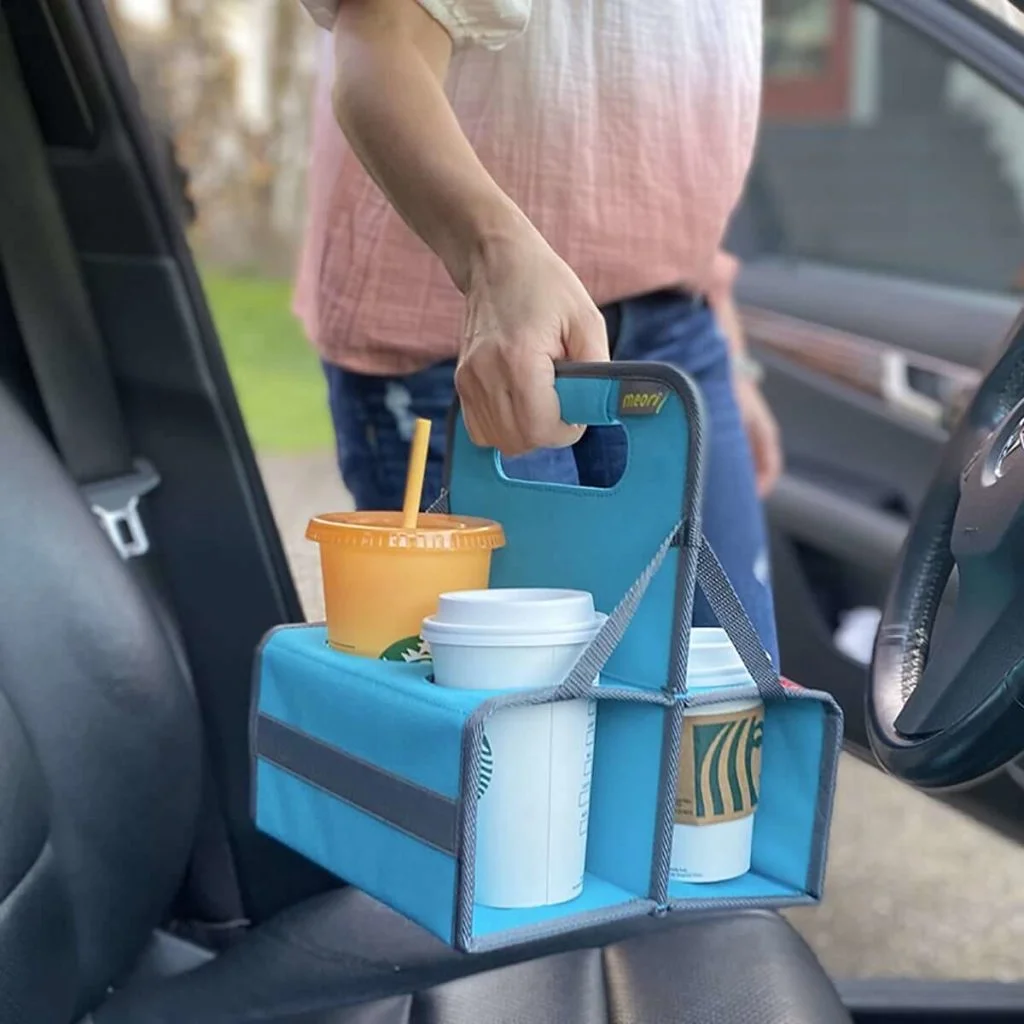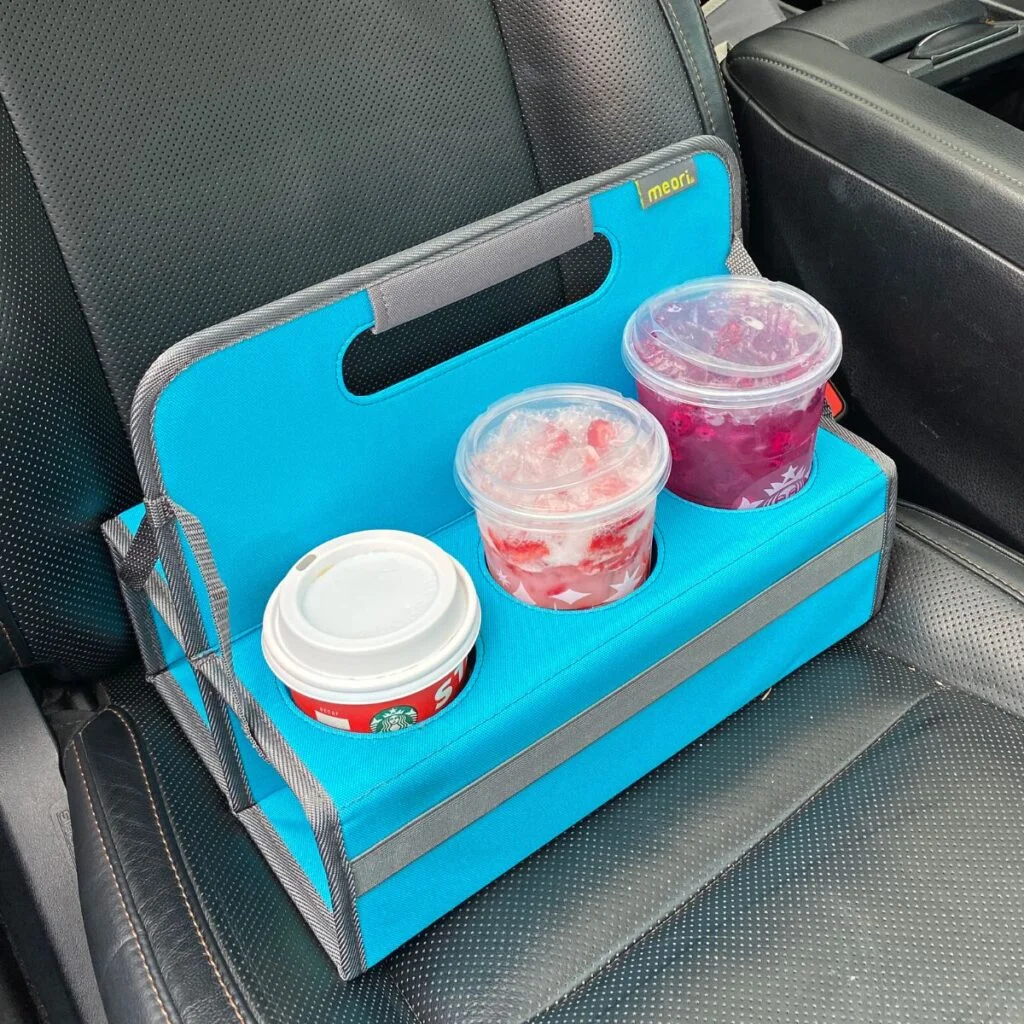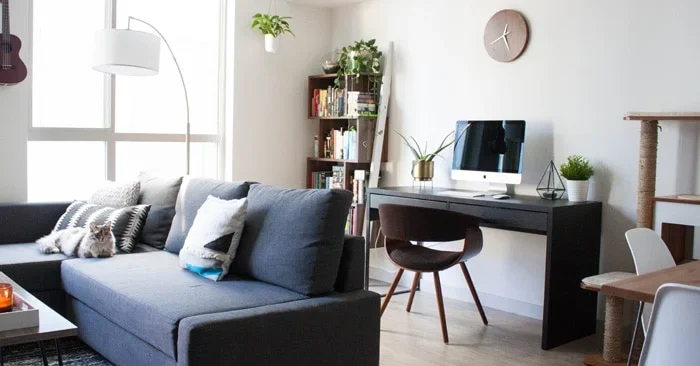
Organizing Goddess, Inc.
Before the Covid-19 pandemic, having an office in one’s home as a convenience. Once the pandemic struck and many people started working from home, it became a necessity. In New York City, where I live, we usually don’t have the luxury of an extra room that can become a home office. It has to be carved out of an already-existing space. So I was forced to learn how to convert my living room into a home office space
Ever since I started working as a Professional Organizer 15 years ago, I have had a home office in the corner of my living room. Nevertheless, even my home office went through a transformation over the past year to make it more spacious and functional. In addition, we set up a home office for my scientist husband, who was now attending meetings and teaching classes via his computer.
Home Offices Need The Following
- Each person has their own private space with a door.
- Each space has an ample work surface, suitable chair, good Wi-Fi, and storage space for office supplies.
- Nobody needs to walk through someone else’s space.
- Sound does not travel between rooms.
However, if you don’t have a spare room, these conditions can’t possibly be met. Here are some tips for setting up an office at home, including product recommendations to help achieve these conditions as closely as possible. If you are looking for other Storage Ideas for your Home, check out this informative post.
GENERAL TIPS FOR MULTI-FUNCTION ROOMS
To carve a DIY home office out of an already-existing space, consider these tips that can be used for turning any room into a multi-function room.
Divide the room into zones
Remember your Kindergarten classroom? There was an area for blocks, one for reading, one for trains, one for dress-up, etc. When you set up a multi-function room, use the same approach. List all of the activities that you plan to do in that room, identify what furniture you need, and then design the room accordingly.
Pull furniture away from the wall where possible
In a typical room, we line up all the furniture against the wall. If you are defining zones, however, you will want to be more creative in your furniture placement. Some pieces of furniture – sofas, chairs, tables – can easily be placed in the center of a room. Furniture with equipment on or inside is best placed against the wall to avoid unsightly and treacherous power cords stretched across the floor.
Use area rugs and lighting to define separate spaces
One way to define a space is to place an area rug in the center of it and then place the furniture around it. For example, if you have a sofa in the center of the room, with a couple of armchairs near it and a coffee table or ottoman in the middle, placing a rug in the center of that grouping will enable it to look like a room and not just a random conglomeration of furniture. Adding some lamps or overhead lighting will complete the space.
Include storage to support the activities that take place in the room.
Be sure to add storage pieces for each of the activities that will occur in your multi-function room. I’m a big fan of closed storage – drawers and cabinets rather than open shelves. This will reduce the visual clutter and will enable you to store office supplies in your home office without sacrificing your décor.
How To Convert Your Living Room Into A Home Office

Here’s a photo of my living room. This is the view from behind the sofa, which is in the center of the room rather than against the wall. This leaves room for my home office in a corner that you can’t see from this photo. Other zones in the space behind my sofa are my piano and my dining table.

Here’s another view of my living room. In this view, you can see my home office in the left corner, behind the sofa. While it’s physically part of the same large space, functionally it’s a separate room with its own lighting.
CREATING A HOME OFFICE FROM SCRATCH
If you don’t already have a home office and want to carve out a space in a room that’s already fully furnished, what do you need to know? This is essentially what we did for my husband during the pandemic shutdown. Here are some general tips.
Set up a work surface that isn’t too bulky.
Since you’re adding a home office to a room that’s already full, you want to find something light and airy. To find a work surface for my husband, we searched Amazon.com for “folding desks” and found a large selection. He selected this one because it was wide enough for his laptop, a mouse pad, and some papers: Halter Folding Table Computer Desk. If we ever decide to dismantle his home office, we can easily take this desk apart, fold it up, and put it into a closet.

Redeploy existing furniture.
While you will probably need to add a work surface to your new home office, you’ll want to redeploy other pieces that you already have in that room so that you don’t overcrowd it. As a desk lamp, my husband is using the one that was already sitting on our clothes dresser, which is right next to his work surface. When I redid my home office last year to make it more spacious and functional, I added drawer dividers to my living room end table so that it could hold small office supplies. Redeploying existing furniture also helps if you are setting up a home office on a budget.
Consider combination furniture.
If you’re turning a guest room into a home office, consider a Murphy bed that converts to a desk, or a sofa that converts to a desk. Some companies that offer great options are Resource Furniture and Expand Furniture.
Using these tips is the best way to convert your living room into a home office.
How To Convert Your Bedroom Into a Home Office Space

Here’s a photo of my husband’s home office in my bedroom. The lamp that was already on my dresser does double duty as his desk lamp.
HOW TO DECORATE A HOME OFFICE
When you are setting up a home office in a multi-function room, you want to conform with your existing décor. Here are some tips.
Buy home furniture rather than office furniture.


Match the colors and styles of your room. In the case of my husband’s office in our bedroom, it was important to me to match our blue and yellow color scheme. We purchased his blue chair online from Wayfair: Barbagallo Tufted Parson’s Chair. It came in a set of two, and it’s so attractive that we added the second one elsewhere in our bedroom.
In my living room, I have a pair of file cabinets that blend in with the décor. They match the black cabinet that is behind my sofa. I further camouflage them by adding some family photos on top. Visitors are always surprised when I slide out a drawer and remove a file. File cabinets may be necessary, but that doesn’t mean they need to be ugly!
Keep desktops clear.
My husband sometimes has papers on his desk while he’s working, but the rest of the time, he puts the papers away in a drawer.
Use power strips and cord covers.
In my opinion, cords and cables are the scourge of modern existence. The more reliant we are on electronics, the more we are swallowed up in a tangled spaghetti of cords. My home is replete with ways to hide and control our various cords. I’ll talk more below about some of my favorite products.
CORRALLING THOSE CABLES AND CORDS
Power strip boxes
When you have a lot of devices that need to be plugged into one outlet, your best bet is to get a power strip. But power strips, which are already unsightly, magnify the ugliness of cords by gathering them all in one place. One solution is a power strip box which hides the strip as well as the plugs and some of the cords. My two favorites are the BlueLounge Cable Box and the D-Line Cable Management Box.
Power strip with flat rotating plug
While you can use a power strip box to hide the power strip itself, the strip’s power cord will still need to emerge from the box and be plugged into an electrical outlet. Power strip plugs tend to be bulky and to stick out from the wall. That’s why I like the Belkin Power Strip and Surge Protector with a Flat Rotating Plug. The plug lies flat against the wall, and it can be rotated so that the cord runs straight down or in whatever direction you want it to go.
Cord covers
Your devices’ cords will still need to run from your electronic devices to your power strips. I recommend that you run them behind furniture wherever possible, but where you can’t, cord covers can help to hide them. Here are some of my favorites:
- D-Line Cable Raceway Cord Cover. This narrow channel can be attached to the wall or floor if you like. It comes in a variety of neutral colors and is also paintable.
- Cable Management Sleeve. This flexible fabric tube is great for camouflaging a large number of cables.
- Wiremold Floor Cord Management Kit. This product enables me to have a lamp behind my sofa. It covers the wire that runs from my lamp to my power strip so that nobody trips over it. Here is how it looks between my sofa and my wall.

The Wiremold Floor Cord Management Kit in action
Cord organizers for the desk
It’s so frustrating when you unplug the charger cord from your phone and the cord drops behind your desk, isn’t it? Cord organizers all over my home prevent this from happening. Here are my favorites:
- Cord Buddy is a weighted disk that keeps your cords in place. You can see one in the photo of my husband’s desk. He actually has two on his desk: one for his iPhone charger, and one for his MacBook power cord.
- BlueLounge CableDrop and CableDrop Mini adheres to the side or top of your furniture to keep your cord from falling. I have a CableDrop on the side of my desk for my headphones, and I recently added a CableDrop Mini for my iPhone charger, as the Lightning plug is too narrow for the original CableDrop and will fall right through.
HOME OFFICE PRIVACY
In the many years that I have had a home office, I never worried much about the fact that there were no walls around my desk. I actually liked being in a large open space. It didn’t bother me that my family (and my dog) could walk behind me, going in and out of the kitchen and sometimes eating at the dining room table.
Then came Zoom. Meetings moved online with the pandemic and my computer camera was frequently on. I was also working with some of my clients using FaceTime. It was distracting to others to have my family walking around behind me. I needed a more static background.

I started by purchasing a folding screen, which helped but wasn’t the right look because of the angle of my camera. Then I discovered virtual backgrounds in Zoom. Sometimes I use a photo of the NYC skyline and other times I use a photo of my actual home office or my living room. Interestingly, the combination of the folding screen and the virtual background works best, even better than a green screen.
Another privacy option is to put up a sturdier divider such as the Kallax Shelf Unit from Ikea. It’s essentially a bookcase with no back, so it can be accessed from either side. Fill it with books, plants, photos, or other decorative items.
To ensure that your meetings don’t become a distraction for the rest of your household, I recommend using earphones rather than your speaker.
Ask any questions you have on how to convert your living room into a home office.
Our Guest blogger, Sharon Lowenheim, MBA, MSE, CPO® is the only Certified ProfessionalOrganizer® in New York City specializing in solutions for small spaces. Sharon founded Organizing Goddess, Inc., in 2006 after a 25-year career with three of the world’s largest corporations. A native New Yorker, she has spent a lifetime developing techniques for living happily and comfortably in apartments.

